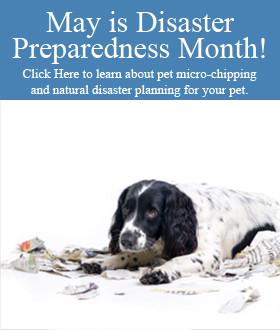So, your cat looks a little pudgy; no big deal, right? Wrong. Approximately 35 to 40 percent of adult cats are obese or overweight which can shorten their lifespan. Veterinarians are now learning how serious and threatening even just a few extra pounds can be for our feline friends.
Obesity in a cat can make a veterinarian’s job more complicated. For example, it is harder to see and feel the veins in an overweight cat. Obtaining urine for urinalysis is more difficult because it can be tricky to locate the bladder. Obesity prevents your doctor from getting a good feel of your cat’s organs when they palpate their bellies. In a lean cat, doctors can appreciate the contours of organs, such as kidneys, while in an overweight cat, all they may feel is the fat surrounding the kidneys.
Because it may be difficult to identify a vein in an overweight cat, catheter placement and blood draws are more difficult. Routine surgical or anesthetic procedures become more complex, or even hazardous, when cats are overweight. Taking high quality x-rays can be difficult due to the layer of fat surrounding organs.
Some of the disease risks of obesity include diabetes, possibly leading to liver disease; arthritis, and skin & coat problems. Overweight cats cannot groom well, which can lead to greasy or matted fur. Urine & feces stuck on the skin can cause sores or rashes.
It can be just as tough putting an overweight cat on a healthy loss diet as it is for many people to follow their own diet plan. Many factors are evaluated, including what does the cat like to eat? Should you cut the amount of food or change the food? It’s complicated determining how much of a particular food a particular cat can eat to either lose or maintain weight. Your veterinarian can help you determine the best answers to diet questions.
Cats require higher levels of proteins and fatty acids. The nutritional strategy for dieting, therefore, is to reduce calories, increase protein and limit portion size. Cats are strict carnivores and when you change any part of a cat’s diet, it still needs to be balanced in terms of proteins, fatty acids, vitamins and minerals.
For most cats, weight loss is a real struggle, they’re not like dogs you can take on a long walk, or run around with at a dog park. As in humans, weight loss is accomplished by burning more calories than are taken in. Let’s face it, it’s easier with a dog, all you have to do is jingle the leash or exclaim, let’s go for a walk, and your dog is anxiously awaiting you by the front door. Try that with a cat. A cat’s sedentary lifestyle and relatively short attention span makes it difficult to increase his exercise to any appreciable degree. For cats, the focus must be more on dietary changes. You can also increase exercise with short play periods by having your cat chase a feather or laser light.
Cats are famous for being independent, and there are many things about them that we cannot control. Weight, however, is not one of them. So, the next time your kitty cries for more food or for treats, be aware that a few extra calories can have significant consequences.





































